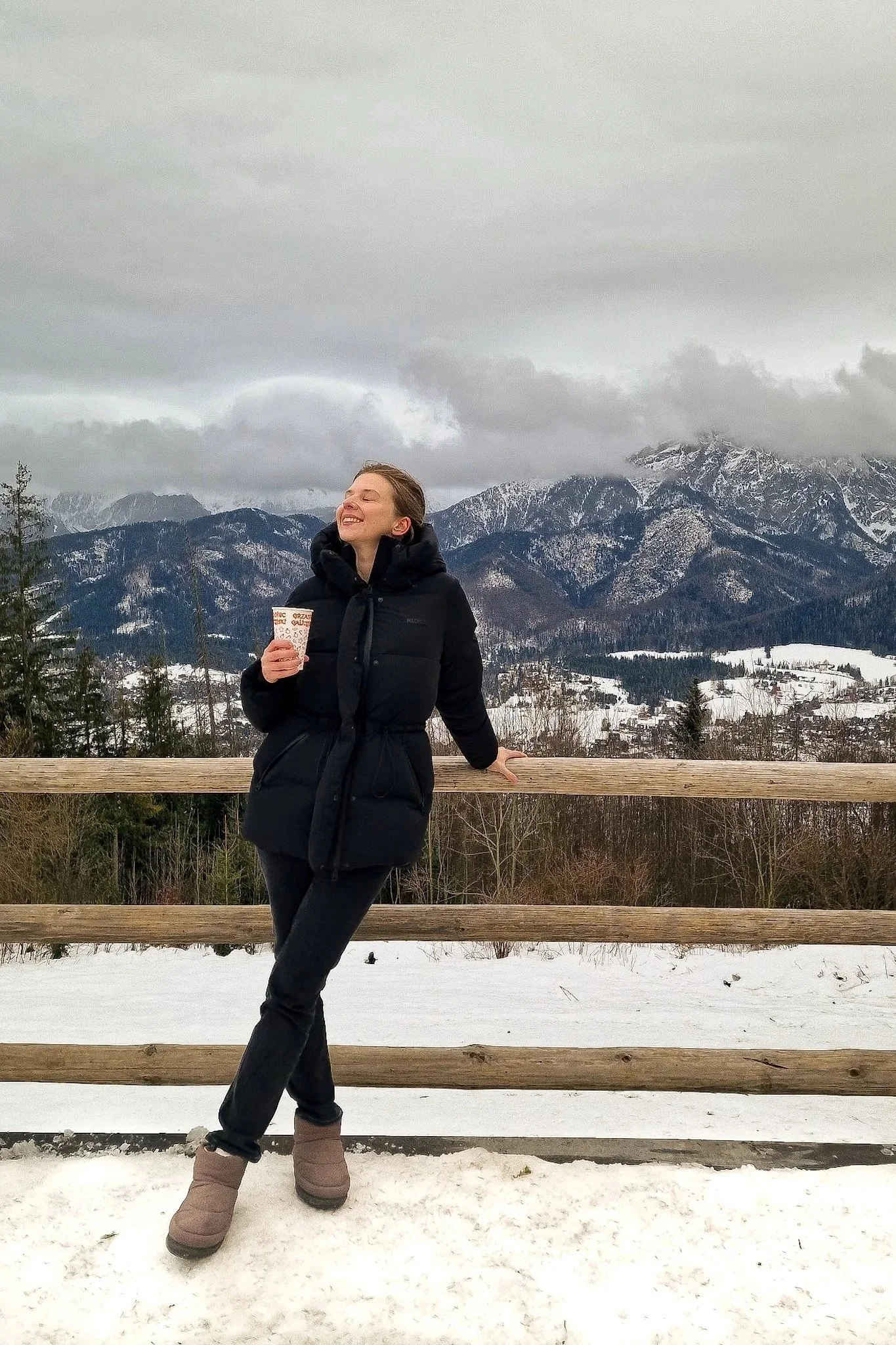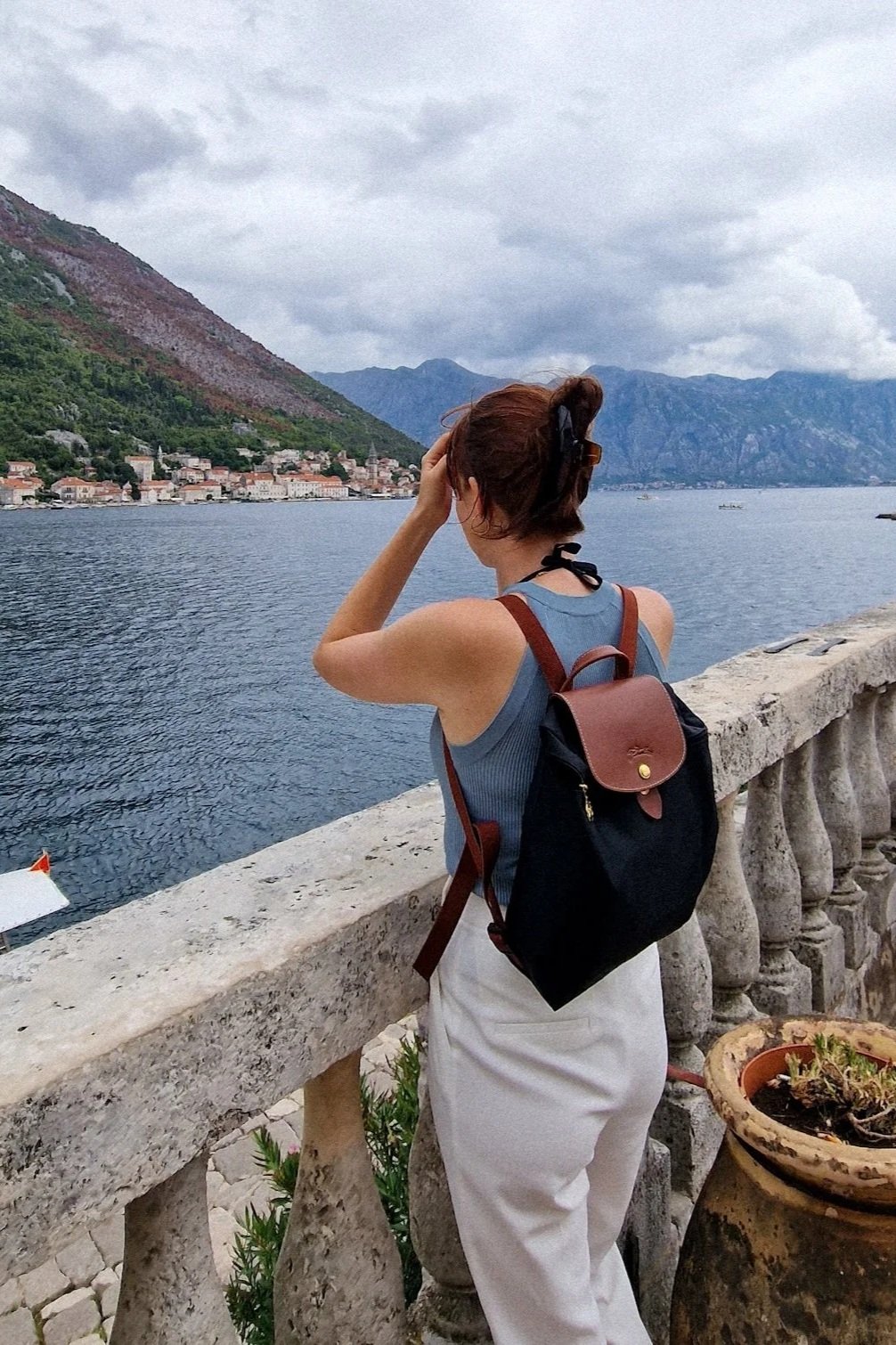Stay Warm in Style: Key Features to Look for in a Winter Coat
““Baby, It’s Cold Outside”
Lorelai Gilmore said it best: “I smell snow.” If you’re anything like everyone’s favorite 2000s character, you’ll agree there’s something undeniably magical about that first frost-crisp air, cozy sweaters, and the thrill of bundling up. But as the chill sets in, so does the annual quest for the perfect winter coat. You know the one: warm enough to fend off icy winds, stylish enough to make you feel like you’re strutting down a runway, and durable enough to last you through many snowy seasons.
If you’ve ever felt overwhelmed by the endless racks of puffers, wool coats, and parkas, you’re not alone. In this guide, I’ll break down the essential features to look for in a winter coat so you can stay warm in style, without the guesswork.
Let’s dive in! Here are some key features to consider for your next perfect winter coat:
Insulation Material
When it comes to staying warm, the insulation in your winter coat is key, and there are a few options to choose from. Down insulation is one of the best in terms of warmth, as it’s super light but still incredibly warm. Look for coats with at least 80% down—this will keep you toasty without weighing you down. The downside? Down doesn’t do well when it gets wet, so you’ll want to make sure the coat's outer layer is water-resistant or that it has some waterproof lining to protect the down. Popular brands like Patagonia, The North Face, and Arc'teryx offer high-quality down-insulated coats that will keep you cozy through even the coldest days. For a more luxurious touch, Moncler, Canada Goose, and Mackage offer premium down-filled coats that combine warmth with style.
If you live in a place where it’s often wet or snowy, synthetic insulation is a great choice. Brands like Columbia, Uniqlo, and Jack Wolfskin make affordable synthetic options that are just as warm as down but won’t lose their insulating power if they get damp. Synthetic options are also generally more affordable and easier to care for. When shopping for a synthetic coat, aim for one with at least 60% to 100% synthetic fill for maximum warmth. Stay away from cheaper synthetic options with less than 60% fill—they won’t do the job in really cold temps.
Another option is wool insulation, which is natural, breathable, and still keeps you warm even if it gets a little wet. Wool can be a bit bulkier than down or synthetic, but it’s a solid choice if you're looking for a more sustainable option. Brands like Icebreaker and Smartwool make great wool-insulated outerwear that’s both warm and breathable. And if you want the best of both worlds, down-synthetic blends (like 70% down, 30% synthetic) are a great middle ground, offering warmth, durability, and a little more weather resistance. Look for coats from brands like Canada Goose, and Woolrich that combine these materials for a well-rounded winter coat that handles everything winter throws your way.
2. Water Resistance
Winter often brings wet conditions, so finding a coat that can withstand rain, snow, or slush is vital. But it's important to understand the difference between water-resistant and waterproof. A water-resistant coat is designed to repel light rain or snow, preventing water from soaking through the fabric. It’s great for drizzly days or light snow, but you may still get wet in heavy rain. On the other hand, waterproof coats are built to keep water out entirely, offering more protection in heavy rain or prolonged exposure to wet conditions. Waterproof options are typically made with specialized materials like Gore-Tex, which is both waterproof and breathable, ensuring you stay dry without overheating.
Even if you're caught in a light drizzle, a water-resistant outer layer helps prevent your insulation from getting damp, which can drastically reduce the warmth of the coat. Features like water-repellent zippers and sealed seams also help boost the coat’s overall water resistance. These small but essential details ensure that water doesn’t sneak in through the cracks, keeping you fully protected from the elements. Whether you choose a water-resistant or waterproof coat depends on the climate you’re in, but both are essential for staying dry and comfortable in winter's wet conditions.
3. Windproof Designs
One of the most uncomfortable parts of winter is battling the biting wind. A windproof coat protects against the chill, ensuring you stay warm even on gusty days. Look for coats with tightly woven fabrics or specialized windproof layers that trap heat and block the wind from seeping in. Features like storm flaps over zippers, adjustable cuffs, and high collars also help prevent cold air from sneaking in, making a huge difference when the wind picks up.
While warmth is essential, it’s equally important that your coat offers a balance between protection and breathability. Many windproof coats are designed with ventilation openings or breathable fabrics to keep you from overheating, allowing you to enjoy winter activities without feeling stuffy or sweaty inside your coat.
4. Length and Fit
The length of your winter coat plays a significant role in both its function and style. Longer coats provide extra warmth by covering more of your body, including your legs, which can be a real benefit during long commutes or snowy days. However, a shorter coat may suit you better if you’re looking for something more versatile and easy to move in. A shorter cut can be more practical for active winter days, allowing for better mobility while still providing sufficient coverage.
Fit is also crucial for retaining warmth. A well-fitted coat traps body heat more effectively, while an overly loose coat can allow heat to escape, making you feel colder. Make sure your coat allows for layering so you can add a sweater or hoodie underneath for extra warmth when needed.
5. Functional Features
When shopping for a winter coat, consider all the little details that make daily wear more convenient. Deep pockets are a must—perfect for keeping your hands warm or storing gloves, keys, or your phone. Adjustable hoods are another great feature, especially if you need extra protection from the wind and snow. Look for hoods that can be tightened or detached based on your preference, offering flexibility in changing weather conditions.
Other functional features like reinforced cuffs, storm flaps, and high-quality zippers can enhance the durability and usability of your coat. A durable zipper ensures you won’t get stuck on a cold morning, while a sturdy cuff helps keep snow or cold air from sneaking in. These thoughtful extras can make all the difference when you’re braving the elements.
Summary: The Key Takeaways for Finding the Perfect Winter Coat
A good winter coat is an investment—it’ll last for years and keep you warm and dry. A great coat should keep you cozy without overheating, protect you from rain and snow, and feel light, so you don’t feel like you’re Frosty the Snowman. Picking a timeless coat that fits your needs will make winter much more enjoyable.
Here are the do’s and don’ts to keep in mind for your next winter coat shopping trip:
Do choose down (80% down or more) for the warmest and lightest coat.
Brands like Moncler, Canada Goose, and Patagonia are top choices.
Don’t settle for low-quality down—less than 80% down won’t keep you as warm or last as long.Do pick a synthetic coat (60-100% synthetic) if you want a budget-friendly option that still performs well in wet weather. Check out Columbia, Uniqlo, and Marmot.
Don’t choose 100% polyester insulation—it's less breathable and can make you sweaty and uncomfortable.Do opt for wool if you need a breathable, warm option that works even when wet. Icebreaker and Smartwool are great brands.
Don’t go for wool blends that are too heavy—look for lightweight options for comfort and warmth.Do look for water-resistant or waterproof fabrics like Gore-Tex for protection from snow and rain.
Don’t forget about sealed seams and water-repellent zippers—these small details help keep you dry.Do check out affordable options from Uniqlo, Columbia, and Marmot if you’re on a budget.
Don’t overlook luxury brands like Moncler, Canada Goose, and Mackage if you're willing to invest in a premium coat that’ll last for years.Do invest in a timeless, classic coat in a neutral color like black, navy, or camel. A simple design and color will ensure that your coat lasts for multiple seasons without going out of style.
Don’t go for overly trendy pieces or bright, bold colors that might not match your wardrobe in the long run.Do consider investing in a high-quality winter coat as a more sustainable option. Rather than buying a new coat every year, a durable, well-made coat will save you money and reduce your environmental impact in the long run.
Don’t opt for fast-fashion coats that fall apart after one season—choosing quality over quantity is better for your wardrobe and the planet.
Mackage Freya Coat
The lightest yet warmest coat you’ll ever own.
In short: Do invest in a high-quality, versatile coat that fits your needs and style. Don’t settle for bulky, uncomfortable options that leave you sweaty or wet. A good winter coat, especially a classic, neutral piece, will make all the difference in keeping you warm, dry, and comfortable for years to come.
Happy Shopping!







I’ve been searching for a new mascara that wouldn’t irritate my sensitive eyes, and after hearing so much about Victoria Beckham Beauty’s Vast Lash, I finally tried it myself. Here’s my experience: how it looks, how it wears, how it removes, and how it compares to CHANEL Le Volume. If you’ve been curious whether it’s actually worth it, this might help.